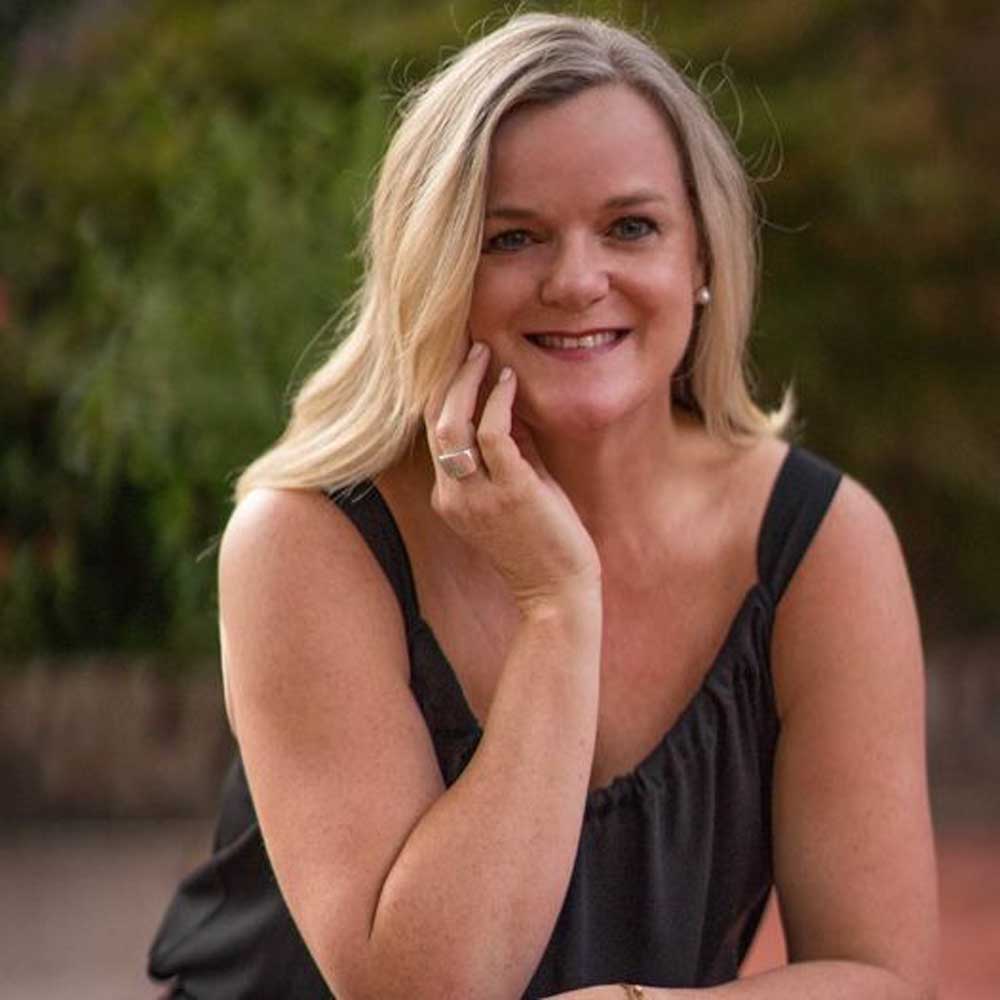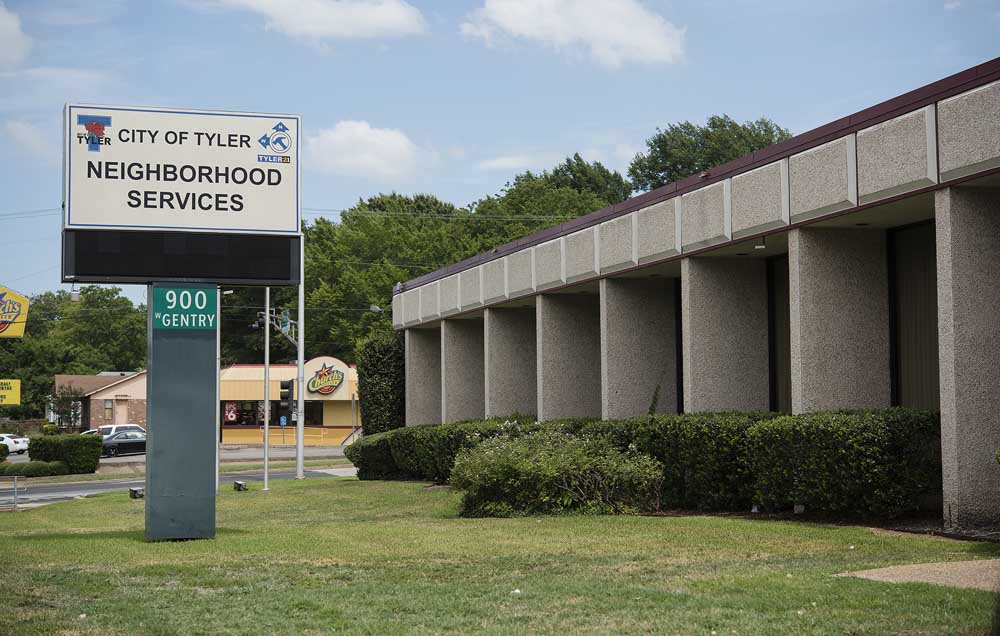Tyler resident shares bladder cancer journey
Published 5:45 am Monday, September 2, 2024

- Shana Yeatts was diagnosed with bladder cancer in 2023. Now she is able to walk and live her life after going through treatment. (Contributed photo)
When Tyler resident Shana Yeatts was diagnosed with bladder cancer in 2023, she was not in the typical age group and didn’t have any of the underlying risk factors commonly associated with the disease.
Bladder cancer occurs more often in elderly men and smokers, according to Texas Oncology. In 2023, there were over 83,000 new cases of bladder cancer; of those, 63,000 affected men while about 20,000 were found in women, according to the American Cancer Society. In 2024, it is estimated 4,720 Texans will be diagnosed with bladder cancer with 1,060 estimated deaths, according to Texas Oncology.
While at an appointment with a urologist, Yeatts was asked a long list of questions: Have you been around paint fumes? Did you work in a factory around chemicals? For each and every question, she checked “no.” Despite it being rare for women, Yeatts was diagnosed with bladder cancer in May 2023.
“This bladder cancer is by no fault of your own,” Yeatts said she recalled her doctor, Seth Lerner at Baylor College of Medicine, telling her. “This is completely random … there’s nothing that you did or didn’t do.”
Now, over a year since her diagnosis and through following a treatment plan, Yeatts is able to exercise and feels like her old self.
“I can never ever could have never imagined in May of last year when I got the diagnosis that, No. 1, six months from having my bladder removed I would be jogging and riding my Peloton bike and…going to the bathroom every five hours if I need to,” she said in an interview this May.
Bladder cancer starts in the cells of the bladder. It is treatable when caught early. However, it can come back. Symptoms for bladder cancer include blood in the urine, or hematuria, frequent urination, painful urination and back pain, according to the Mayo Clinic.
Yeatts saw blood in her urine once, but she did not see blood again for sometime after. At the time, she thought her urine looked different and asked her sister, who is a nurse, for her opinion.
“That looks different, it’s like something I’ve never seen before,” her sister said to Yeatts.
Yeatts said the blood doesn’t look typical, and described it as “not bloody,” “discolored” and similar to Kool-Aid or cola in color.
“… It looks like someone took a quart [or] pint of your urine and put three drops of red food coloring and then shook it up. It’s literally all that color,” she said.
When she went to a gynecologist, he first did a urine analysis. In the report, it showed Yeatts had moderate amounts of blood in her urine. However, before that she had blood in her urine but didn’t know what it meant.
During her wellness check up in September 2021, her urinalysis said light traces of hematuria, or blood in urine. It was toward the end of the day and her doctor told her it could be a unitary tract infection (UTI). Yeatts said she had never had a UTI before in her life. The doctor advised her to come back in a few weeks and check again.
Yeatts ignored it. She wishes that doctor had explained blood in urine could be a sign of bladder cancer.
“I’ve learned that anytime anybody sees or even gets a report like that from a doctor that they have microscopic blood in their urine, they need to go to a urologist,” Yeatts said.
Women in their 30s and 40s are getting diagnosed with bladder cancer more. But Yeatts said the symptoms often lead doctors to misdiagnose it as a UTI without further testing, Yeatts said.
“Doctors are telling girls, young girls, and treating them over and over with antibiotics for frequent UTI,” Yeatts said. “And then it turned out that it was bladder cancer and they don’t find out until it’s like mine, muscle invasive. So once it’s muscle invasive, they have to remove your bladder … it spreads so fast.”
The recurrence rate for bladder cancer is high so it’s important to get the organ out quickly, Yeatts said.
In May 2023, Lerner removed Yeatts’ tumor after landing in his care when seeking a second opinion.
“It’s amazing. A miracle,” Yeatts said of the procedure.
Her surgery lasted six to seven hours. They were able to take 30 inches from her small intestine and turn into a bladder. She said her function is typical as anyone with a regular bladder.
She recommends people with bladder cancer seek care from a level one and NCI level teaching center. She advises those diagnosed with bladder cancer to join the Bladder Cancer Advocacy Network, which offers a program to connect survivors with other survivors. Yeatts volunteers with this program.
There are multiple options for bladder cancer treatment. Yeatts picked what was right for her, which also included chemo treatment. She advises people to do their research on treatment options.
Ultimately, she aims to share her story to help spread awareness and help others who may be experiencing symptoms. It’s important to be informed of the symptoms, pay attention to your body and advocate for proper care, and be educated on treatment options.
For more information, visit https://bcan.org/.






